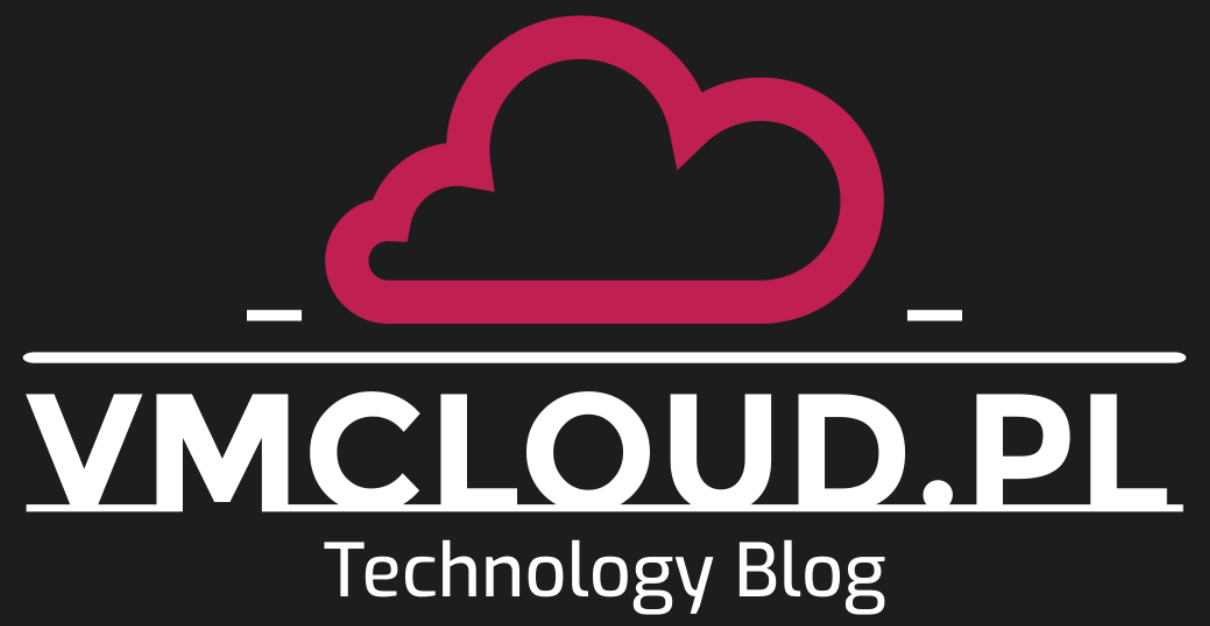VMware has recently released PowerCLI 13.1, the latest version of their popular PowerShell-based automation tool for managing vSphere environments. This release includes a number of highly requested features, as well as improvements to existing modules.
You can download PowerCLI 13.1 here.
PowerCLI 13.1 in PowerShell Gallery.
New Features and Improvements
Modules for SRM and vSphere Replication
One of the most anticipated features of PowerCLI 13.1 is the addition of a PowerCLI module for vSphere Replication. This module is built using the same technology that was used to create the auto-generated modules for the NSX and vSphere REST APIs, and provides full coverage of the new vSphere Replication REST API. This means that users can now automate tasks related to vSphere Replication, such as creating and managing replication configurations, using PowerCLI cmdlets.
In addition to the vSphere Replication module, PowerCLI 13.1 also includes a new auto-generated module for the new SRM REST API. This allows users to automate tasks related to Site Recovery Manager, such as managing protection groups and recovery plans.
vSAN cmdlets
PowerCLI 13.1 also includes new cmdlets for vSAN, including cmdlets for managing vSAN remote datastores, direct disk management, and vSAN cluster shutdown. These new cmdlets provide additional functionality and flexibility for managing vSAN environments.
Improvements to vLCM
Another key improvement in PowerCLI 13.1 is the extended support for vLCM. This release includes new parameters for the Set-VMHost cmdlet, which allow users to set the ESXi host LCM configuration in the same way as the cluster LCM configuration. This feature is currently supported only in vSphere 8.0 Update 1. PowerCLI 13.1 also includes cmdlets for the creation of new LCM offline depots.
ImageBuilder module Python version support
PowerCLI 13.1 also includes updates to the NSX and Horizon modules, as well as extended Python version support for the ImageBuilder module. With this release, the ImageBuilder module now works with Python 3.7.1 and all later versions.
VMware Cloud Director changes
One of the many exciting features of the recent PowerCLI 13.1 release is the changes made to VMware Cloud Director. The authentication mechanism of Connect-CIServer has been updated to now authenticate against the new vCD API authentication endpoint. This update ensures that the cmdlet will continue working seamlessly with future versions of vCD without any issues. Additionally, the Import-CIVappTemplate cmdlet has also been updated to work with the latest APIs. However, due to these changes, some cmdlet interface changes were made, which might require reworking some of your Cloud Director scripts. Overall, these changes to VMware Cloud Director in PowerCLI 13.1 provide enhanced performance and functionality for cloud administrators.
Bug Fixes
In addition to these new features and improvements, PowerCLI 13.1 includes a number of bug fixes and performance improvements. For a full list of all improvements and fixes, check the PowerCLI 13.1 Release Notes. For more information on specific cmdlets, see the PowerCLI Cmdlet Reference.
Conclusion
Overall, PowerCLI 13.1 is a significant release that brings a wealth of new features and improvements to VMware administrators. Whether you’re managing vSphere Replication, Site Recovery Manager, vSAN, or any other aspect of your vSphere environment, PowerCLI 13.1 provides powerful automation capabilities that can save you time and effort. If you’re already using PowerCLI, be sure to upgrade to the latest version to take advantage of these new features. If you’re new to PowerCLI, now is a great time to start exploring the possibilities of this powerful automation tool.
Thank you for reading! Here are some links you may be interested in:
- More articles on main page: https://vmcloud.pl/
- LinkedIn: https://www.linkedin.com/in/krzysztofsalwa/
- Twitter: https://twitter.com/vmcloudpl
- GitHub: https://github.com/vmcloudpl
- VMware vExpert: https://vexpert.vmware.com/
- VMware Communities: https://communities.vmware.com/
- VMUG: https://www.vmug.com/
- VMware Explore: https://www.vmware.com/explore.html
- VMware Store EU: https://store-eu.vmware.com/
- VMware Store US: https://store-us.vmware.com/



Leave a comment